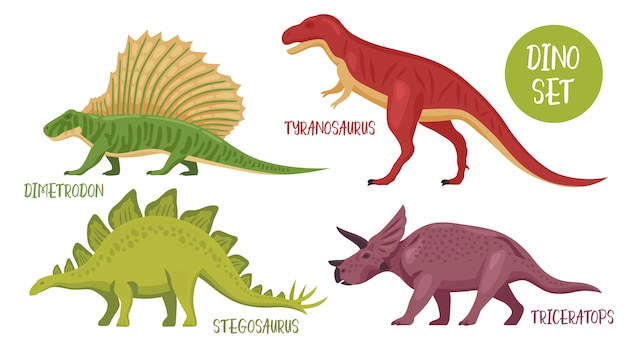Pterodactyl Facts – All You Need to Know about These Ancient Flying Reptiles

Pterodactyls were flying reptiles that lived alongside dinosaurs millions of years ago.
Pterodactyls had a wingspan of up to 30 feet, making them one of the largest flying creatures of all time.
Contrary to popular belief, pterodactyls were not dinosaurs but rather part of a group called pterosaurs.
Pterodactyls had hollow bones, which made them lightweight and ideal for flying.
The name pterodactyl means winged finger in Greek, referring to the elongated wing bones that resembled fingers.
Pterodactyls had sharp beaks that they used to catch fish and other prey.
Some species of pterodactyls had a crest on their heads, which may have been used for display or communication.
Pterodactyls had excellent eyesight, allowing them to spot prey from high above.
Pterodactyls likely had a keen sense of hearing as well, helping them detect movement and approach their prey silently.
Pterodactyls were one of the first vertebrates to ever develop powered flight.
Pterodactyls likely had feathers, although they were not used for flight but rather for insulation or display.
Pterodactyls had a unique hinge in their wings that allowed them to fold them up when on the ground.
Pterodactyls were incredibly diverse, with different species varying in size, shape, and diet.
Pterodactyl fossils have been found on every continent, indicating their wide distribution during the Mesozoic era.
Pterodactyls lived in various habitats, from coastal areas to inland forests.
Pterodactyl Facts – All You Need to Know about These Ancient Flying Reptiles part 2
Pterodactyls had strong wing muscles that allowed them to fly for long distances without tiring.
Pterodactyls may have had different flight styles, with some gliding while others used flapping motions.
Pterodactyls had a good sense of balance, allowing them to navigate through the air with precision.
Pterodactyls may have been social creatures, living in colonies or flocks.
Pterodactyls had sharp, curved claws on their feet, which they used to grip onto branches or rocks.
Pterodactyls were likely agile flyers, able to change directions quickly and perform intricate aerial maneuvers.
Pterodactyls had a unique folding joint in their wings that allowed them to extend or retract them as needed.
Pterodactyls had a lightweight skeleton, with many bones being hollow or filled with air sacs.
Pterodactyls had a short tail compared to other reptiles, as it was not necessary for flight.
Pterodactyls had a specialized respiratory system that allowed them to take in more oxygen during flight.
Pterodactyls had a keen sense of smell, which helped them locate food sources from afar.
Pterodactyls may have engaged in courtship displays, using their crests or wings to attract mates.
Pterodactyls may have had a simple form of communication, using vocalizations or body language.
Pterodactyls had a unique tooth structure, with long, sharp teeth near the front of their mouths for catching prey.
Pterodactyls may have built nests on cliffs or in trees, laying eggs and caring for their young.
Pterodactyls may have been able to walk on all fours when on the ground, using their wings for balance.
Pterodactyls had a lightweight beak made of keratin, similar to modern birds.
Pterodactyl fossils have shown evidence of injuries or deformities, indicating that they could survive serious injuries.
Pterodactyls may have had coloration on their wings or crests, although the exact colors are still unknown.
Pterodactyls likely had excellent spatial awareness, allowing them to navigate through forests or narrow spaces.
Pterodactyls may have migrated over long distances, searching for food or nesting sites.
Pterodactyls likely had a varied diet, including fish, insects, small mammals, and even other small reptiles.
Pterodactyls may have played a vital role in the ecosystem as top predators, controlling populations of smaller animals.
Pterodactyls may have used their sharp beaks to pry open shells to access tasty mollusks.
Pterodactyls likely had excellent depth perception, which helped them accurately judge distances while flying.
Pterodactyls may have had a layer of fat under their skin to provide insulation during long flights.
Pterodactyls may have had mating rituals involving elaborate dances or displays of flying prowess.
Pterodactyls likely had a lifespan of several decades, similar to modern birds and reptiles.
Pterodactyls may have been influenced by changing climatic conditions, with some species thriving while others going extinct.
Pterodactyls are incredible creatures that have fascinated scientists and paleontologists for centuries, offering a glimpse into the prehistoric world.
